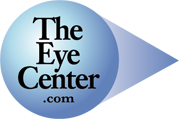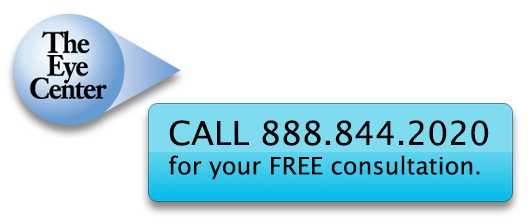How to View an Eclipse
Looking at an eclipse is as dangerous as staring at the unblocked sun, and can cause damage to the retina, the light sensitive nerve layer at the back of the eye. The damage affects the macula, the part of the retina responsible for central vision.
Many people think they can protect themselves by looking through filtered binoculars, sunglasses, neutral density filters or exposed photographic or radiographic film.
A retinal burn can occur in spite of all these barriers. In a 1970 solar, eclipse in the eastern US, 145 retinal burns were reported. Forty percent of the injured were using protective filters.
Parents must caution children not to look directly at the sun. Not only are children more tempted to watch an eclipse; the damage is more severe because the child’s natural lens is so clear that it lets more U-V rays reach the back of the eye.
There are safe ways to watch an eclipse. Attend a display at a planetarium or university astronomy department where optical instruments are used to project an image of the eclipse from a telescope to a screen for your viewing. Watch the eclipse on television. Alternatively, use the simple device described below.
Take two sheets of white paper. Make a pinhole in the center of one of the pieces. Then stand with your back to the sun and hold the sheet with the pinhole so that the sun shines through the hole and onto the other sheet of paper. An image of the eclipse will be visible on this sheet. It is amazing how well you can observe a solar eclipse with this device.
If you suspect you or a family member has suffered a solar injury to the eye, consult an ophthalmologist.
Printable Version (PDF)
This educational material is provided by Dialog Medical.
© Copyright 2005 Dialog Medical
All Rights Reserved
The Eye Center
Call Toll Free 1.888.844.2020

